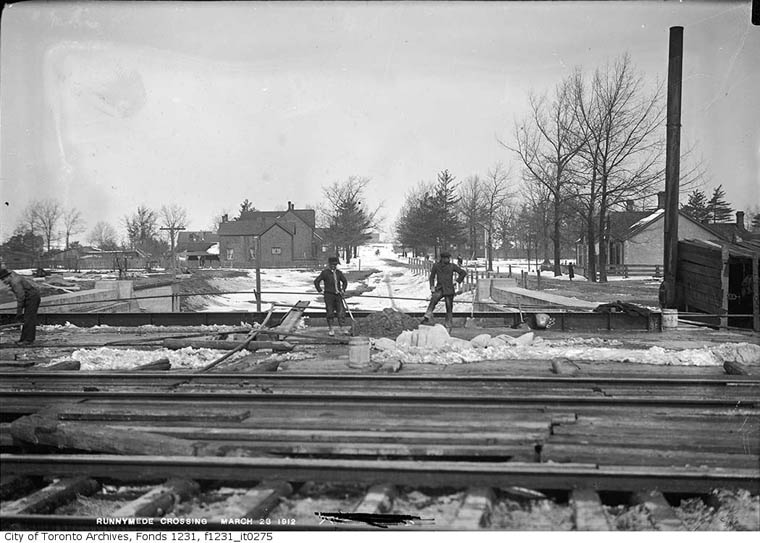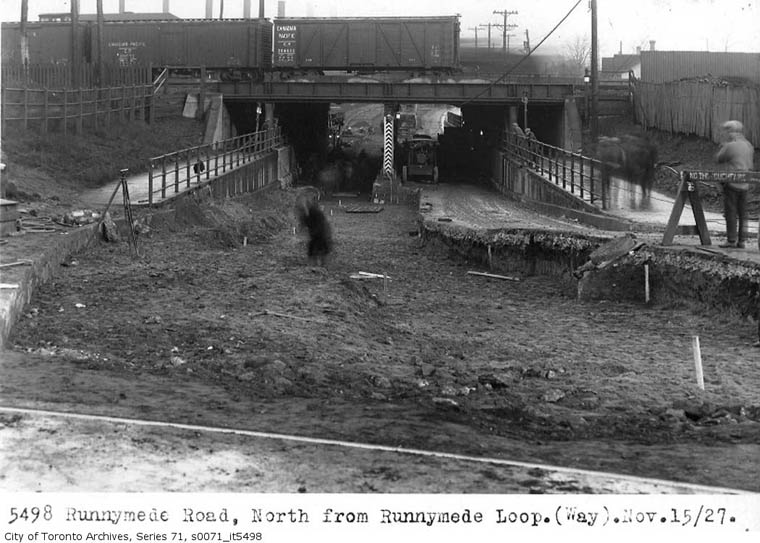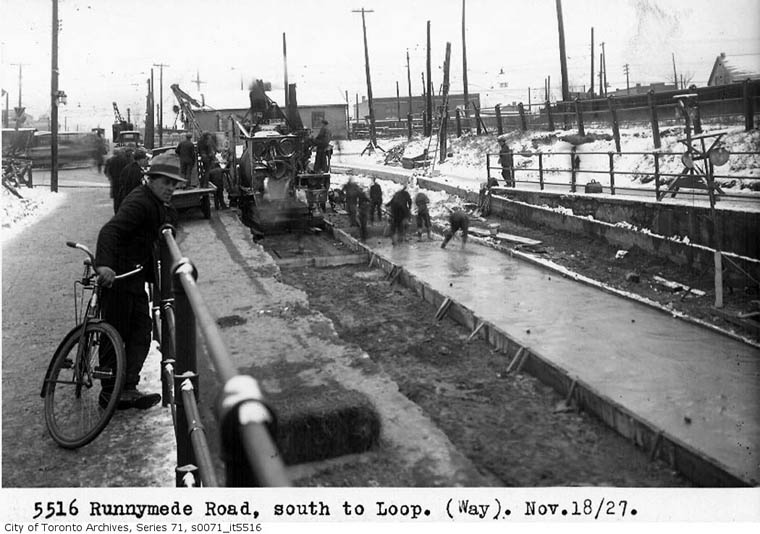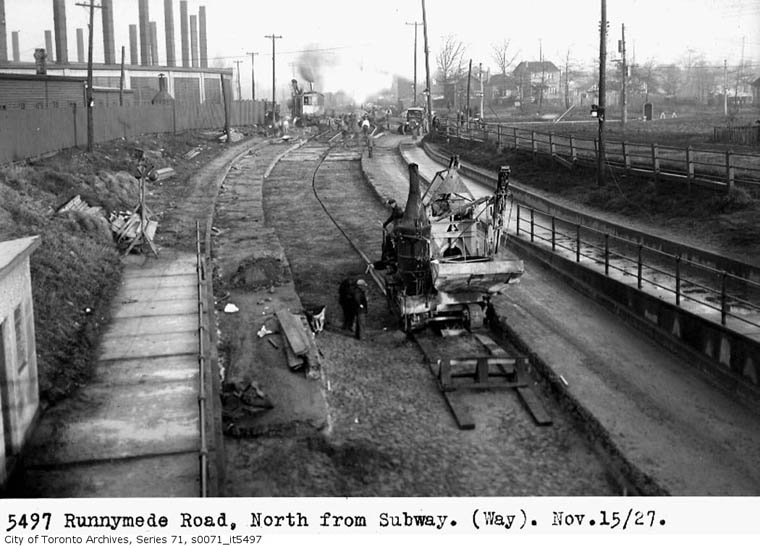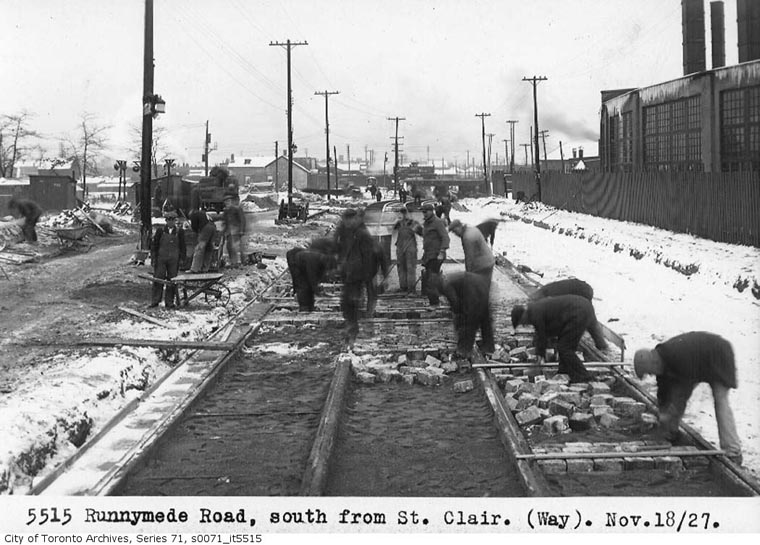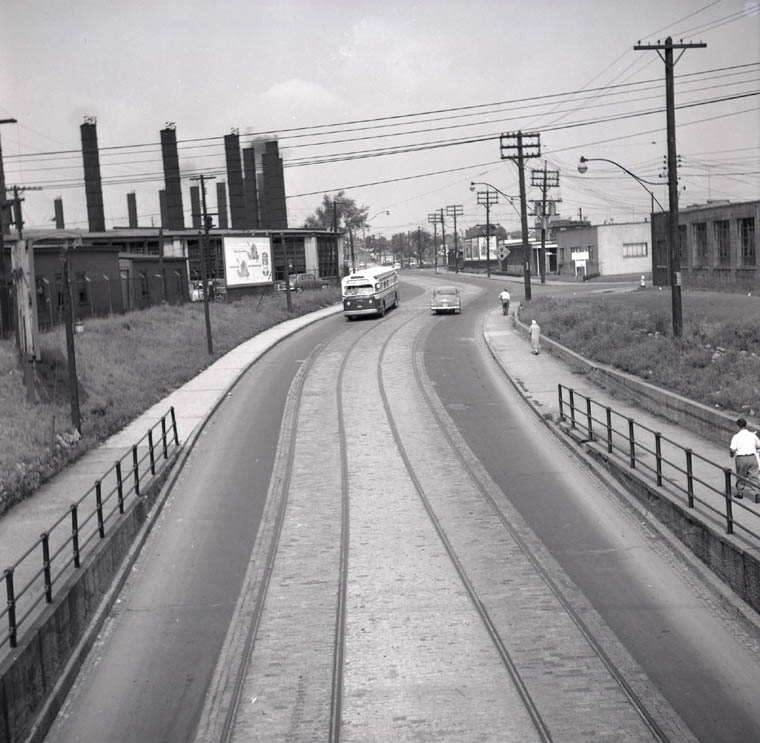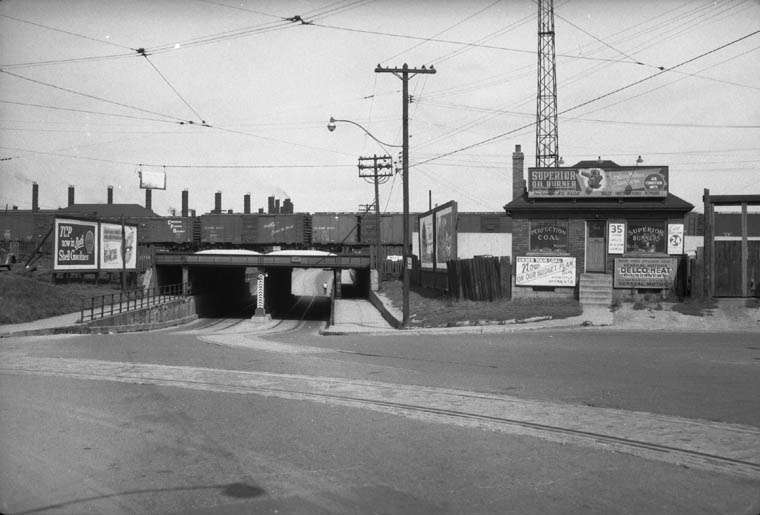nfitz
Superstar
If you are already on a 501, especially in a seat, there'd have to be a heck of a time advantage to getting out of your seat at the proposed station at Riverdale (Queen/Degrassi) than stay on the streetcar a few more stops to Yonge. But there is none.of course they're heading downtown, but it would be much faster to transfer to OL to get there than stay on the 501 through rush-hour traffic. Operationally, a street-running line as long as the 501 is a mess. Having a shorter 501E line allows for more reliable service which feeds into the OL much like any suburban bus route.
Even now, in rush hour, the travel time isn't that bad on Queen from Degrassi to Queen/Yonge. And they could be even faster if they do a King-like transit corridor on Queen from Parliament westwards.
Now, if you were going to Bathurst/King then the subway would be a no-brainer to Riverdale. But combine a 3-minute walk to the subway, and an average 2-minute wait for a train, you've already lost 5 minutes, before the train arrives, and you are up on an unheated, windy, subway platform while the warm cozy streetcar you are on is already at Queen and Sumach. Streetcar travel time in AM peak is about 13 minutes to Queen. Subway isn't going to take less than 6 minutes to go 4 stops. And the new deep platform at Queen/Yonge is going to take a couple of minutes to climb out of. That's 13 minutes right there.
If they can knock a minute or two off the current streetcar times with a transit corridor on Queen, then the streetcar would actually be faster. So unless one wants the exercise of running up many flights of stairs ...






